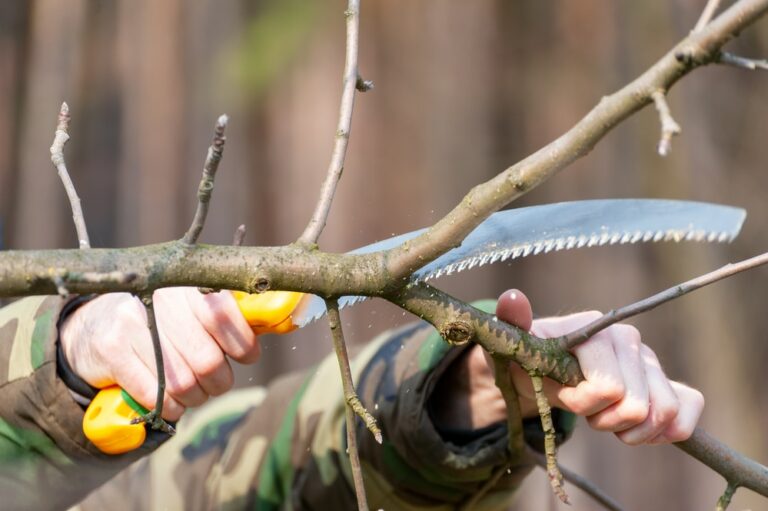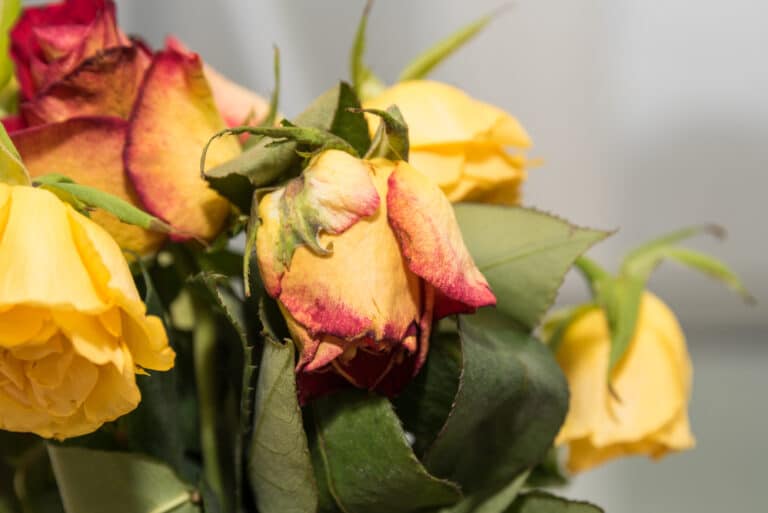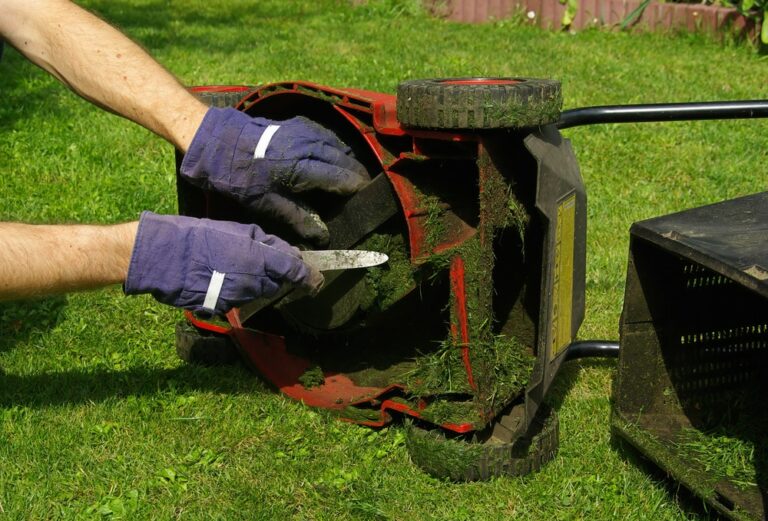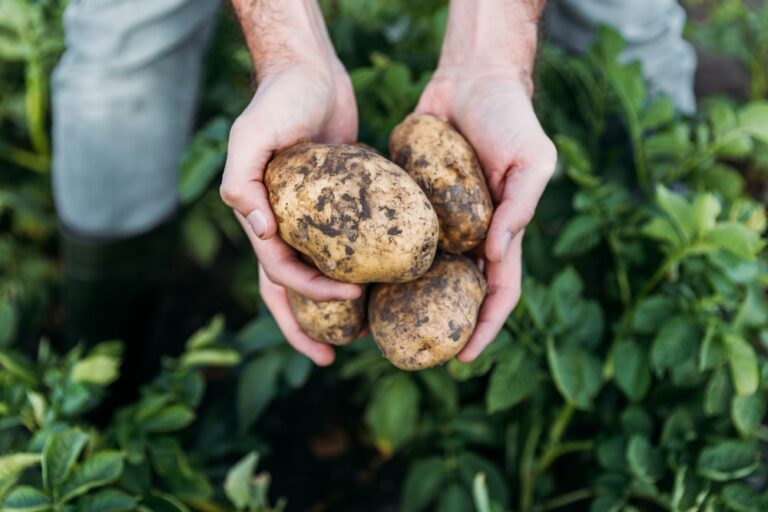Love nature and want to know how to attract birds in your garden? We can help to make more feathered friends in today’s article, where we’re sharing what bird foods are best, ground feeders to consider and more.
Having the sound of wild birds outside your window each morning is a lovely way to wake up, so follow these simple tips to encourage our avian friends into your garden. Not only will it make you happier, but you’ll be supporting the local wildlife, too.
How to Attract Birds to Your Garden
Have Bird Seed Readily Available
Opt for bird feeders to keep birds coming back into your garden. Not sure which seeds are best for birds? Consider seed mixes containing a variety of seeds, but look out for the following types to encourage good health and entice birds to visit.
Black Sunflower Seeds
Widely available, birds prefer sunflower seeds the most, but they’re also nutritious for them. In fact, they provide a high oil content within a thin shell that’s easy to break. Best of all, these seeds are rich in fat, protein and fibre. Plus, all types of visiting birds will keep coming back, making it a great option for attracting a variety of species.
Millet
A small grain, this bird seed is one of the best options for many birds because it’s full of vitamins and minerals that help to maintain a healthy diet. Birds love this ingredient because it offers a sweet, nutty flavour that’s moreish.
Sunflower Hearts
Sunflower hearts are a popular type of bird food that is easily available on the market. Not only do birds love the flavour, but you’ll love them, too, because they keep your garden tidy with no shells scattered around on the ground. They’re a great addition to bird hangers because they’re high in calories and can be consumed quickly, helping to energise and nourish different birds.
Peanuts
Finally, peanuts taste great to wild birds, while small birds might struggle to consume these large seeds. However, they’ll attract blue tits and woodpeckers without a doubt. Nutritious and an easy food source for many birds, add peanuts to hanging feeders to keep them coming back for more. You can even pack some peanuts into a mesh feeder to allow birds to peck at them there and then without carrying them away. This allows them to stay in your garden for longer.
However, you might end up attracting squirrels in your garden if you have peanuts readily available. You can either reduce the number of peanuts that you leave lying around for birds or purchase a bird feeder that squirrels can’t access.
Choosing the Right Kind of Bird Feeder

You’ll need to place these nuts and seeds into a feeder, and there are several factors you’ll want to consider when purchasing bird feeders. Below are some important features to bear in mind to help attract more birds to your backyard.
House Feeders
The first type of bird feeder to consider is a house feeder. These are ideal for protecting bird food against the weather and bird droppings, but they can be prone to attracting bacteria and fungus if it gets wet. They’re an attractive feeder for most birds, such as titmice, sparrows, and cardinals.
Above all, a house feeder can typically hold plenty of seed to last several days, which is a convenient way to attract more birds to your garden without having to fill up the feeder every day. On the other hand, it’s hard to keep these feeders clean since they’re difficult to access on the inside. But the good news is that you can suspend them on a pole as their design offers plenty of versatility.
Window Feeders
Window feeders fix to window glass via suction cups and attract chickadees, titmice, sparrows and more garden birds. The best part about these bird feeders is that they provide close-up views of birds thanks to their placement next to a window. Above all, their placement makes them the safest type of bird feeder since they provide a distraction against a translucent window. However, there’s a higher risk that birds might soil their seeds when they stand on the food, so you might have to keep on top of cleaning the feeder and even changing the food daily. Fortunately, many are designed to provide easy access, so it’s not too much of a chore.
Platform Feeders
These are best for attracting birds, including native sparrows, grosbeaks, starlings and more. It’s important that you keep on top of draining these feeders to keep them in tip-top condition. Otherwise, you risk the seeds sprouting if they become wet enough, as well as a higher chance of bacterial and fungal growth in your backyard. Since these bird feeders offer a wider surface area, you can provide food in large quantities, making it highly convenient. But this design also makes it more likely to attract droppings, which can quickly soil seeds. For the best results, only provide enough food for birds to eat within one day to prevent bacterial growth and avoid attracting any garden pests.
Tube Feeders
Tube feeders feed birds of different species and keep seeds pretty clean and dry. You can even purchase these feeders with metal feeding ports to prevent squirrels from taking the food. These types of feeders typically attract smaller birds, including chickadees, titmice and finches. You can even purchase these feeders in a variety of styles with perches above the feeding ports designed for birds that feed themselves upside down. These feeders’ feeding ports are also versatile enough to offer a range of seed sizes so that a variety of birds visit your garden.
Nyjer Feeders
Nyjer feeders are available in two options: tube feeders and thistle socks. The seeds inside of thistle socks might become wet from the range, so you’ll want to refrain from leaving large quantities of food out in one go during the winter months. Best of all, these types of feeders attract local birds while deterring squirrels by making the food difficult to access.
Suet Feeders
Finally, this type of bird feeder typically consists of a wire mesh or plastic mesh and is attached to a tree trunk. Suet feeders attract woodpeckers, starlings, titmice, blue jays and more. They’re available in a handful of designs, including not opening at the top to encourage birds to hang upside down while they eat.
It’s important to note that some people are concerned about having a suet feeder since it increases the chances of birds getting harmed or stuck in the feeder. In very rare cases, bird toes have become trapped, so it’s best to be on the lookout for birds if you consider one of these.
Add a Bird Bath to Your Garden
Birdbaths are another great way to create a bird-friendly garden. Below are some considerations to make when maintaining a birdbath.
Position It Low
Birdbaths should be easy for birds to access, which is why we recommend positioning them low rather than high up. In fact, most natural water sources are placed low to the ground, which is what birds look for in nature. Although they look good on bird tables in your backyard, not all birds will use them or be on the lookout for a water source that’s higher up. Keep it within a foot of the ground.
Keep the Water Shallow
Ensure that you keep the water no more than two inches deep because birds don’t like to bathe in deep water. If you have a deep basin, add a layer of gravel or stones to the floor to provide a choice of water levels to attract different garden birds.
Place It Wisely
Your bird bath’s placement is important for attracting birds. Plus, you want to be able to see garden birds bathing from a commonplace in your home. So if you can see the garden from your living room, place the bath near the window. This also makes you more likely to keep on top of core maintenance and cleaning. In fact, placing it near a garden hose will make your life much easier when you need to top it up with water.
Additionally, think about having some cover nearby for birds to flee to should they feel vulnerable. Keeping the bath near a tree also encourages birds to use it by making it easier to approach.
Keep the Material Bird-Friendly
It’s important that garden birds feel comfortable when using the birdbath to encourage them to return. Although ceramic bases look pretty, birds will feel vulnerable when they bathe on this material because it’s slippery. Check that the surface inside of the basin isn’t too reflective or smooth. If so, you can add some stones to make it safer and more enticing for birds to bathe.
Keep the Temperature Right
Although we mentioned earlier that it’s good to keep the bath near a hose for easy water access, you don’t want the water to be too cold. So place the bath near some shade to keep the temperature just right for birds.
Regularly Clean the Bath
Finally, your bath needs to be clean with fresh water to keep birds coming back. Many things can fall into the water, such as feathers, insects, food, droppings and more. Every few days, pour out the water and scrub the basin with a soft brush and some soapy water. If there are stains and a buildup of filth in the basin, clean it with bleach and water. Birds will love a clean bath all year round.
How Do You Attract Birds?
And it’s really as simple as that! Feeding wild birds with natural food and fat balls; and keeping clean, fresh water within easy access will attract birds to your backyard. Do you attract many species to your garden? Let us know your tricks in the comments.







